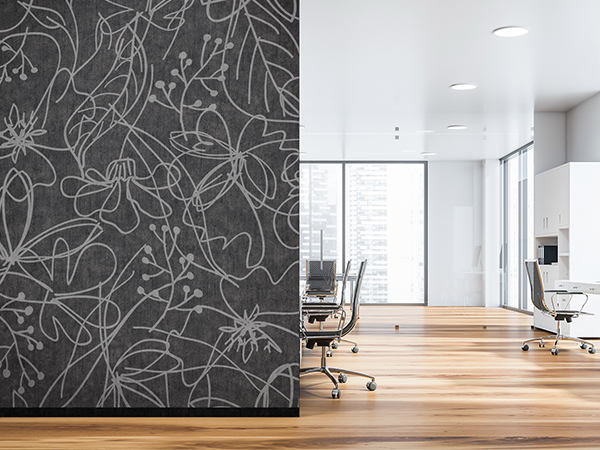
The inks world for digital printing
The world of the digital printing technologies has been expanding at great speed, with a growing variety of equipment and with different types of ink for each type of work. With so many options, it is necessary to understand the differences between the equipment to know which is the one that best suits your needs.
The choosing process may seem relatively simple, but if you are now entering the digital printing market, it is natural that doubts arise. It is, therefore, essential to have the right information to achieve better printing results and attract new customers.
In order for you to make the best decision for your business, in this article we present you the main characteristics of each type of technology and the respective inks, as well as the best way to use them.
Printing technologies... Which one should I choose?
Textile
For each raw material, there is an appropriate type of ink. When choosing, the ink it must be taken into account the level of solidity to several factors, such as light, washing, dry and wet rubbing, sea water, sweat and dry cleaning.
The choice of ink to fulfill the requirements must be made according to the specifications or the solidity to be achieved. There are many classes of dyes that have no relevance in digital textile prints and, therefore, we will not cover them in this article.
Solvent
It is one of the most used technologies on the market and is ideal for applications in self-adhesive vinyl and canvas. When we talk about inks, we are talking about an oil-based solution that contains pigments and resin in its composition. When printed, the solvent is evaporated or eliminated through the heat associated with the printer, leaving only the pigment on the surface.
As it is an oil-based solution, the ink composition is very corrosive, which makes the print head obstruct easily. Therefore, we recommend regular cleaning of the print heads to ensure proper operation.
When estimating the time needed to complete the work, you should take into account that solvent inks need a minimum advisable period of 24 hours to release all gases from the material, before proceeding to lamination. This should take place in a well-ventilated area, due to the intense smell.
Eco solvent
What stands out in the inks in this type of technology is that, in addition to being practically odorless, they have less chemical solvents in their composition, making them less harmful to
both health and the environment.
They are indicated for different materials, more specifically, pieces for POS, banners, wallpaper and vinyl. No coating is required on the substrates to print with this type of ink.
Like solvent printers, eco solvents also use heat for evaporation. The drying time has a minimum duration of 24 hours, so a waiting period is necessary before the printed material
goes on to laminate.
In terms of colors, in addition to the CMYK standard, it is possible to print several colors with eco solvent inks, namely white and silver. White is used mainly for printing transparent vinyl and films, without losing visibility. Silver offers the possibility to create special projects with great differential, but it usually slows down the printer and needs lamination to protect the printed material.
Latex
With regard to latex technology, we speak of pigmented and water-based inks. There are no volatile organic compounds (VOCs) in its composition, so there is no need for spaces with ventilation during printing. The ink comes out completely cured and can be laminated in the next instant.
UV
The inks used in UV printing technology adapt to any type of surface or substrate. Free of solvents in their composition, they are more sustainable and less harmful to health. Its great advantage is the ability to reproduce high resolution images with more vivid colors.
In this type of paints, the curing process occurs instantly, avoiding the dispersion of the ink on the surface. They do not emit volatile organic compounds, discarding the ventilation of the
space during printing.
They are indicated for rigid substrates, namely glass, wood, metal and plastic, as well as for flexible substrates, such as vinyl, fabrics and canvas.
Water base
Liquids are at the base of the type of inks used in this case. They are composed of a dying element and are mainly suitable for interior applications, POS displays and posters, provided they are laminated. Sporadically, they are used for short-term outdoor printing.
Although these dyed inks ensure very vibrant colors, their disadvantage is the lack of resistance to water, atmospheric conditions and UV light sources (for example, fluorescent lamps).
Time to choose
Now that you know the different types of digital printing technologies, you can make a more informed choice about the product that best suits your aimed results.
Ponder all the options and chose the most appropriated one to increase your company's portfolio.



